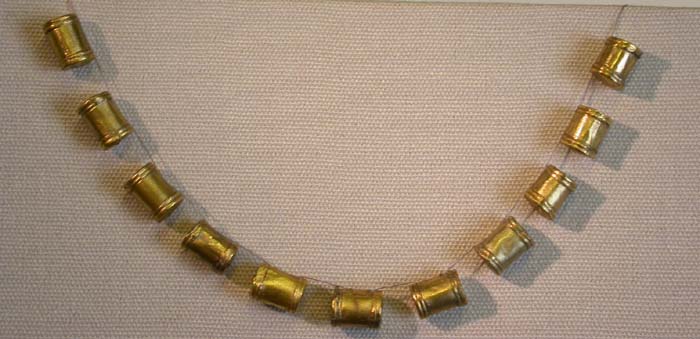Picturing a fusion of John Balance and Basil Fawlty. You might enjoy this text. Dense but fun
What do the headless figures found in the famous painti…

www.goodreads.com
What utterly fascinates me is the the clear link between disability and ritual life in the archaeological record. Britain has a stack of burials of women with disfigurements and birth defects, buried with material culture indicative of seers and ritualist world-views in the Iron Age. If you look at a text like Táin Bó Cúailnge across the Irish Sea, rulers had to be unblemished. Fedelm wears a speckled coat and has spiralling eyes when she’s consulted about Connaught’s fate. The Morrigan are another feminine aspect.
Lot of crossover with the Ritual thread. The Topographia Hibernica has one of the more juicy (though undoubtedly biased) descriptions of belief, order, chaos and sacral leaders (the central hub in the 8 wheeled calendar)
“There is in the northern and farther part of Ulster, namely in Kenelcunil [Tyrconnell], a certain people which is accustomed to consecrate its king with a rite altogether outlandish and abominable. When the whole people of that land has been gathered together in one place, a white mare is brought forward into the middle of the assembly. He who is to be inaugurated, not as a chief, but as a beast, not as a king, but as an outlaw, embraces the animal before all,
professing himself to be a beast also. The mare is then killed immediately, cut up in pieces, and boiled in water. A bath is prepared for the man afterwards in the same water. He sits in the bath surrounded by all his people, and all, he and they, eat of the meat of the mare which is brought to them. He quaffs and drinks of the broth in which he is bathed, not in any cup, or using his hand, but just dipping his mouth into it round about him. When this unrighteous rite has been carried out, his kingship and dominion has been conferred”.
Gezza getting snooty again on music and art - “their perfection of their art seems to lie in their concealing it, as if “it were the better for being hidden. An art revealed brings shame.” Hence it happens that the very things that afford unspeakable delight to the minds of those who have a fine perception and can penetrate carefully to secrets of the art, bore, rather than delight, those who have no such perception – who look without seeing, and hear without being able to understand. When the audience is unsympathetic they succeed only in causing boredom with what appears to be but confused and disordered noise …”.
Bards, ovates, druids, all ritualistic.







